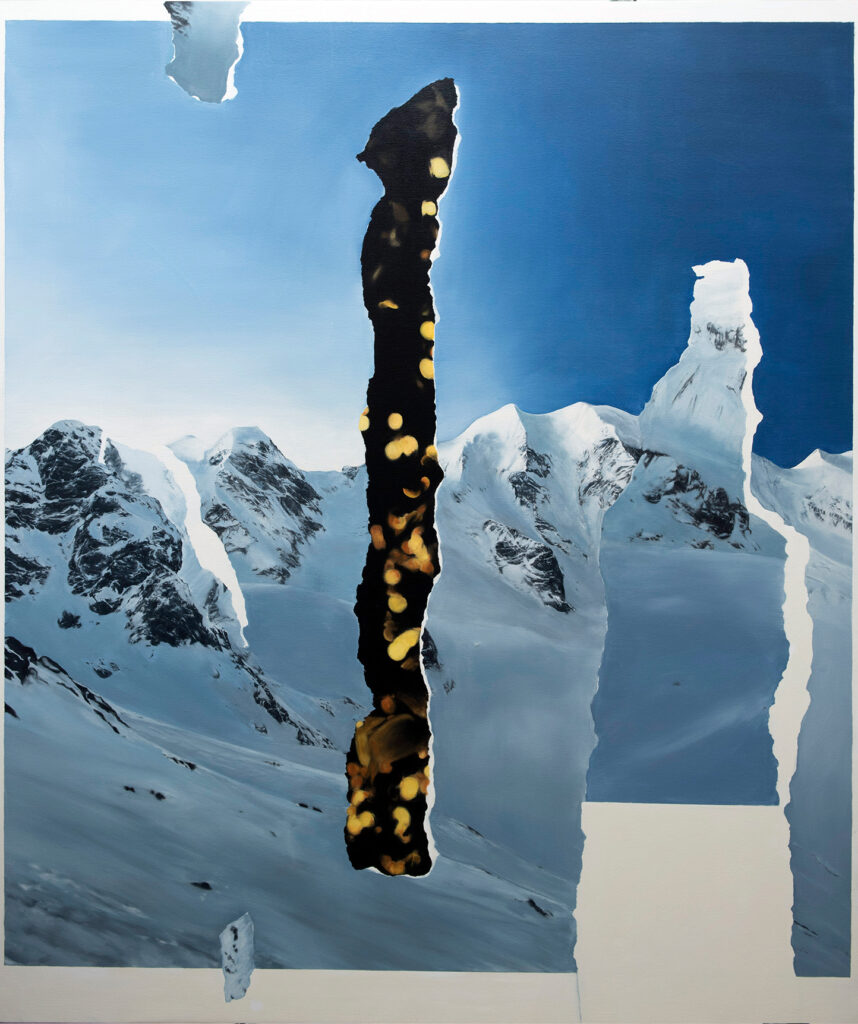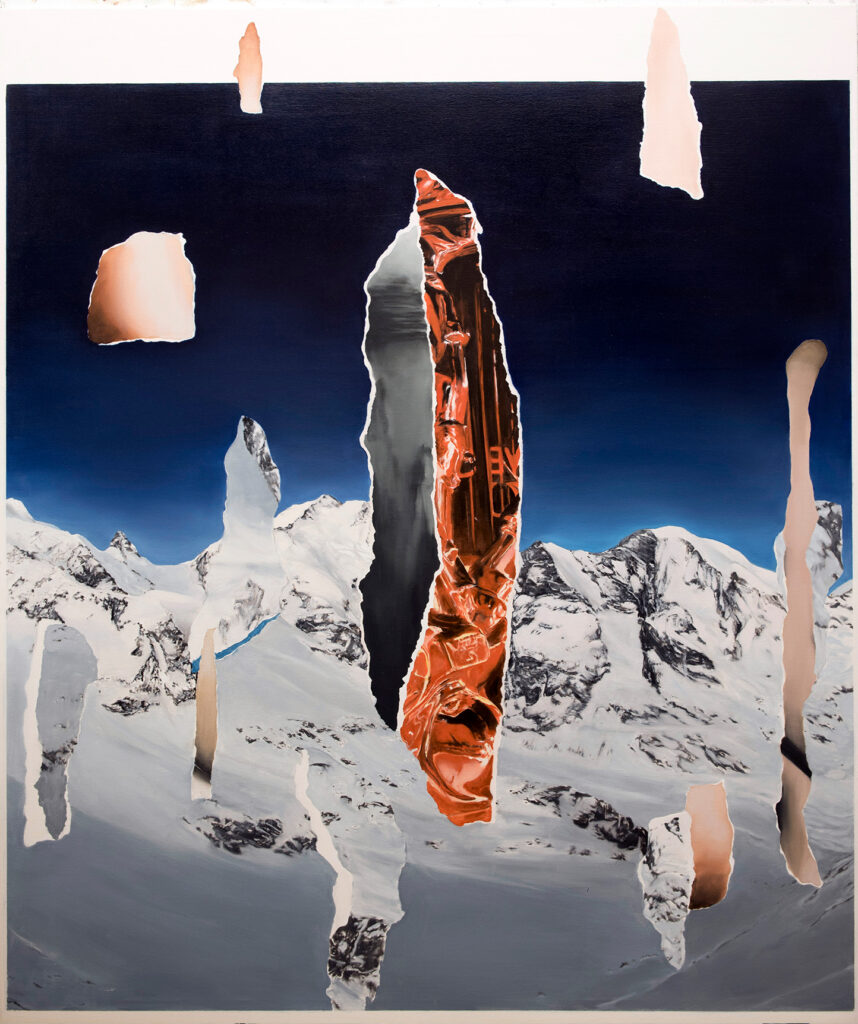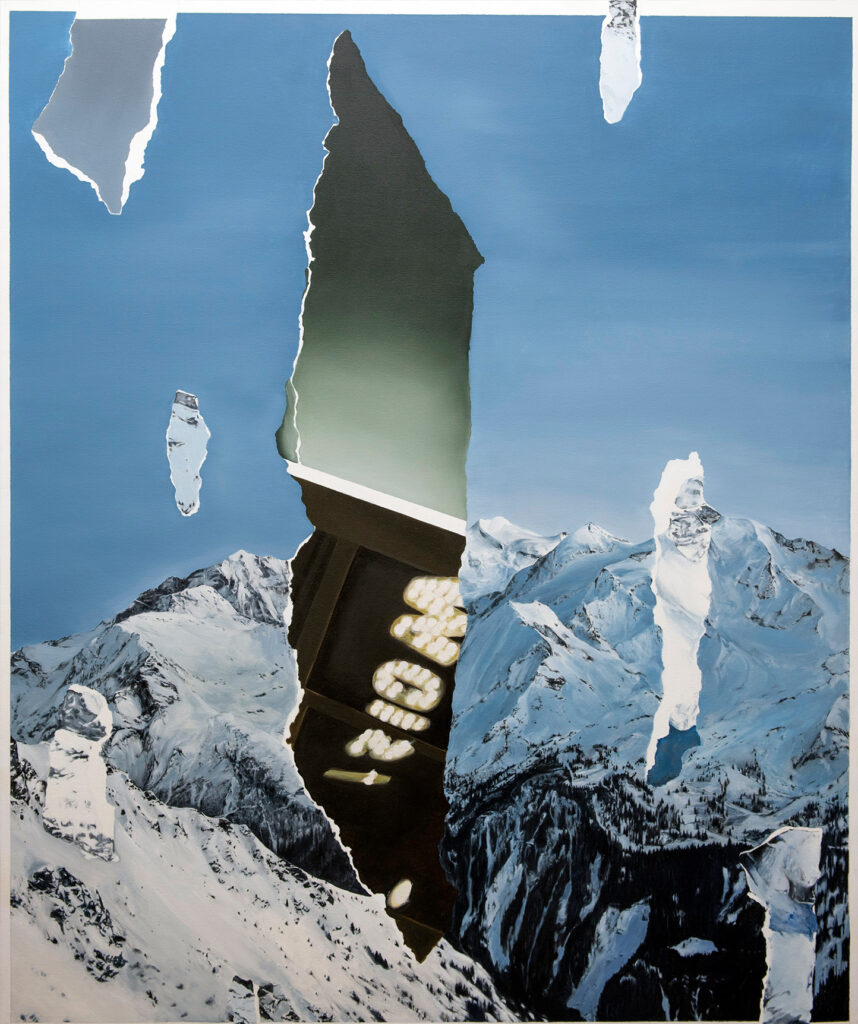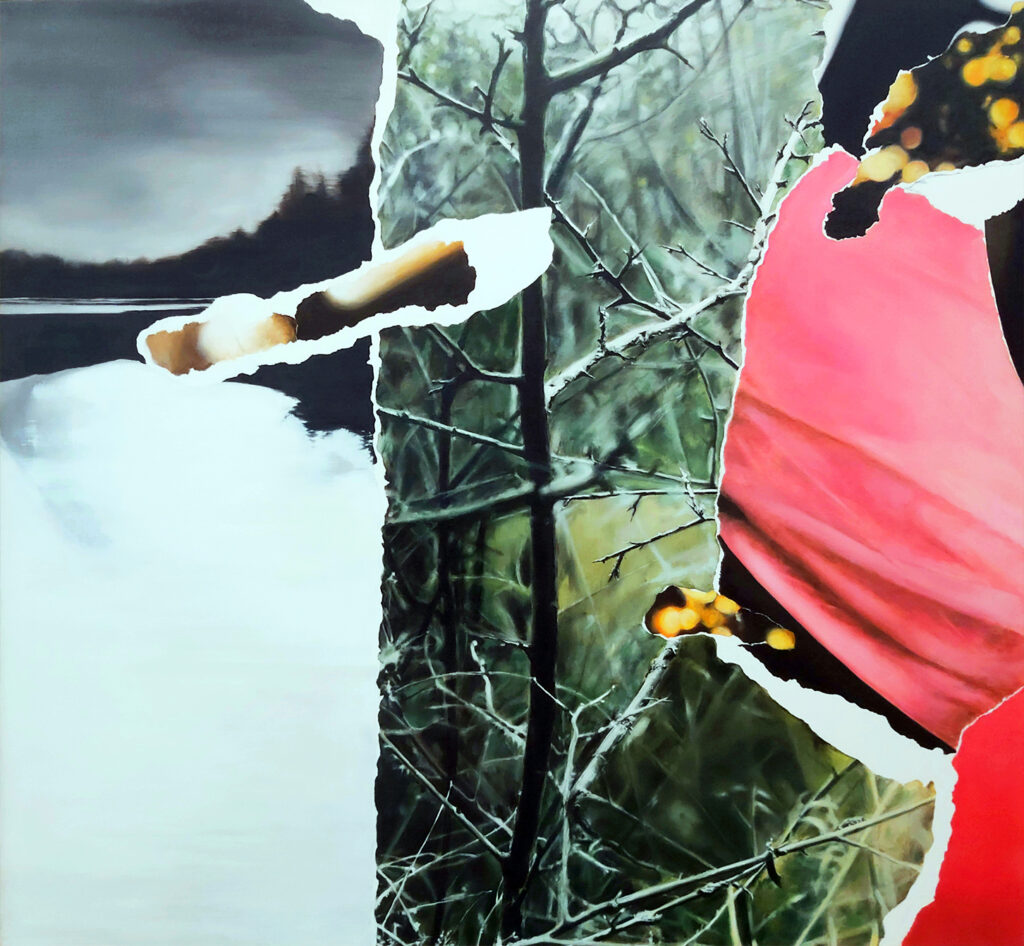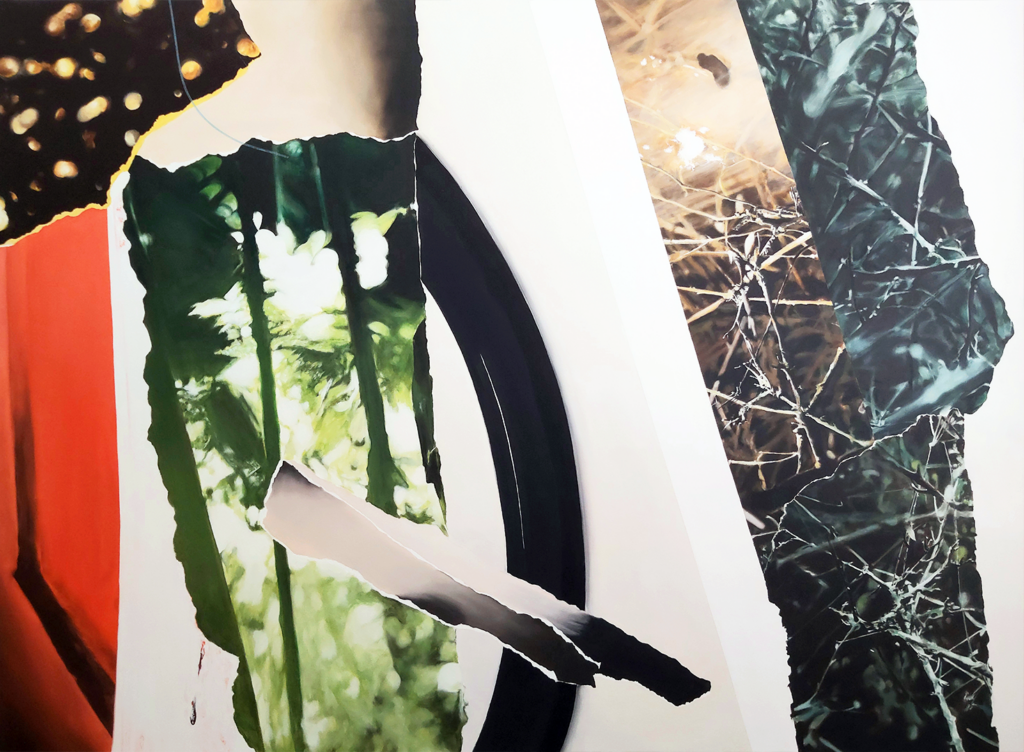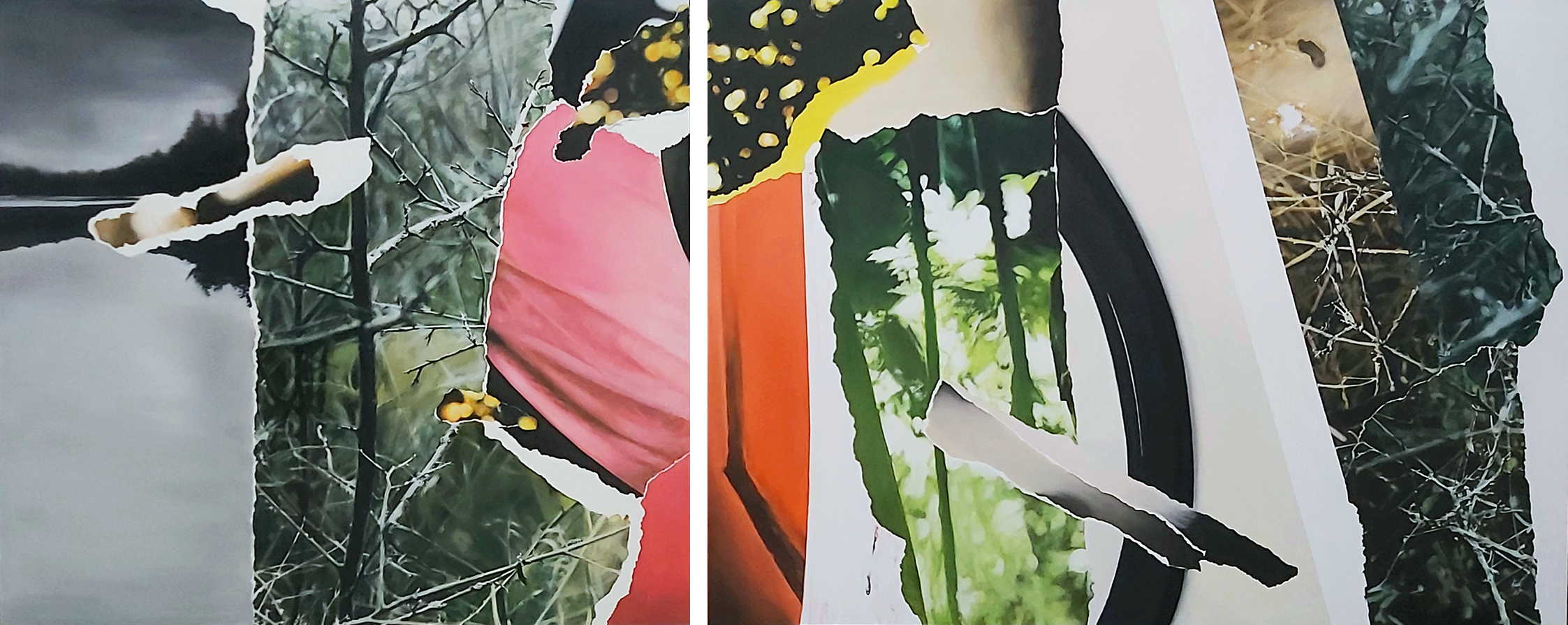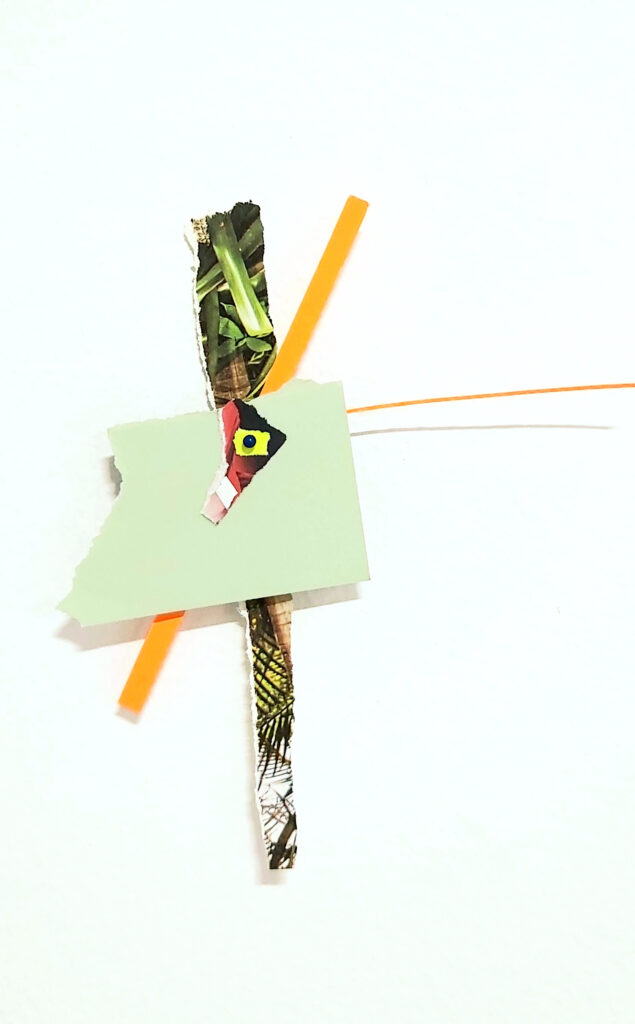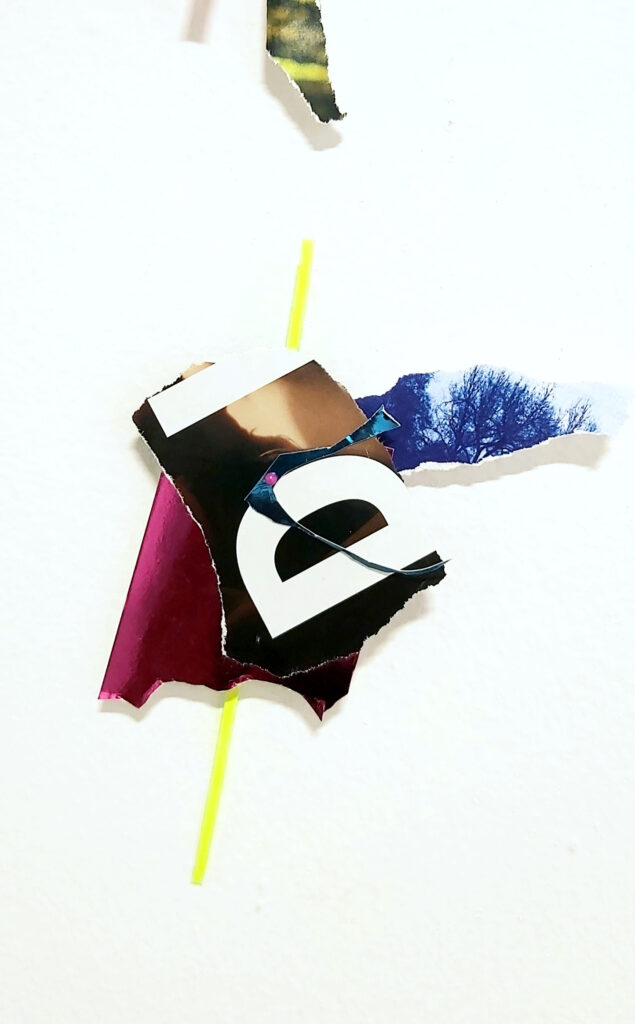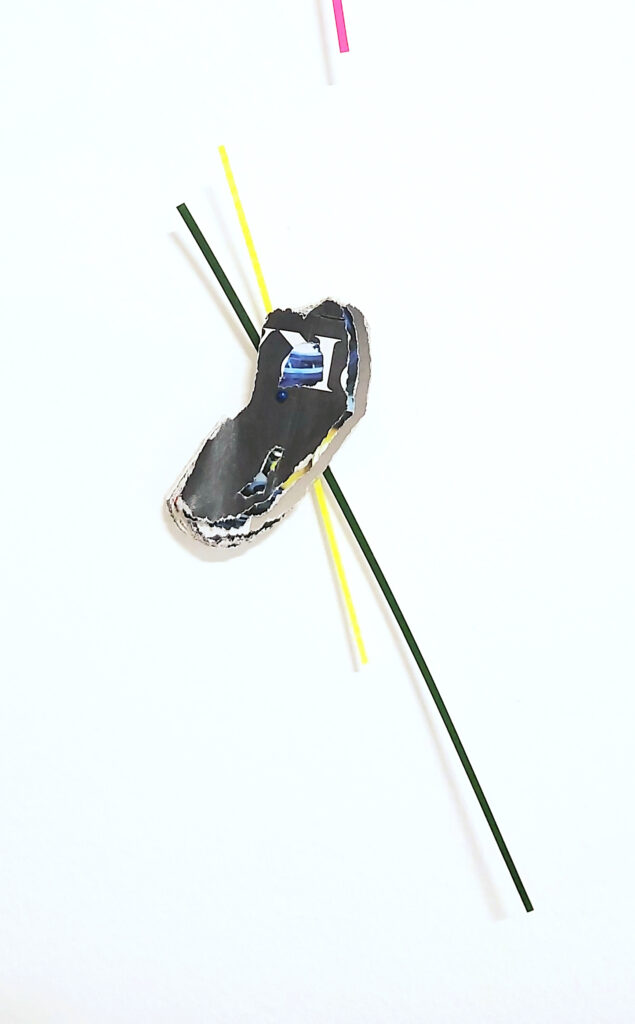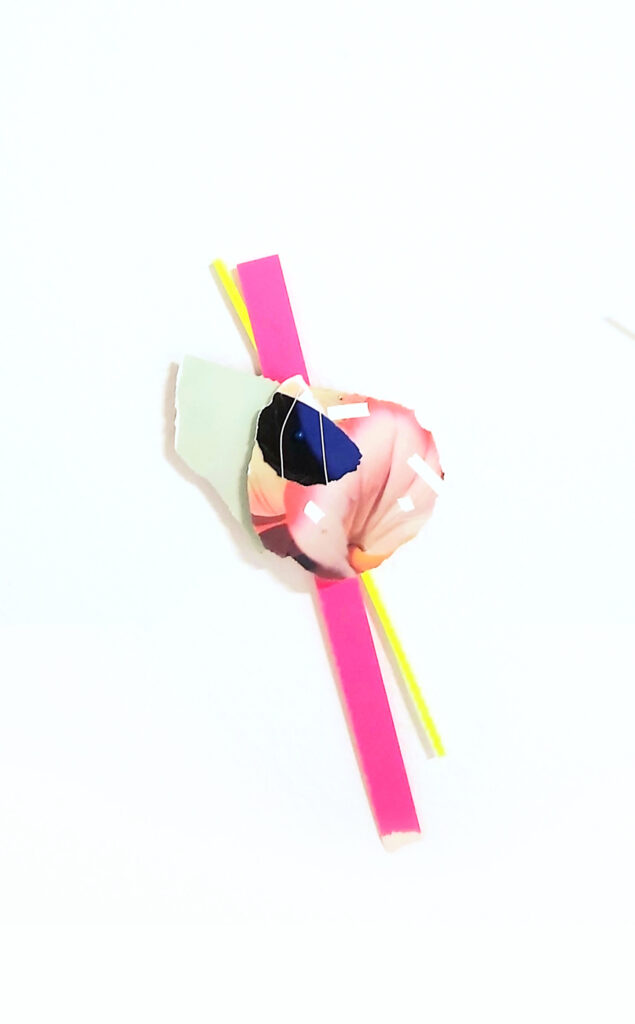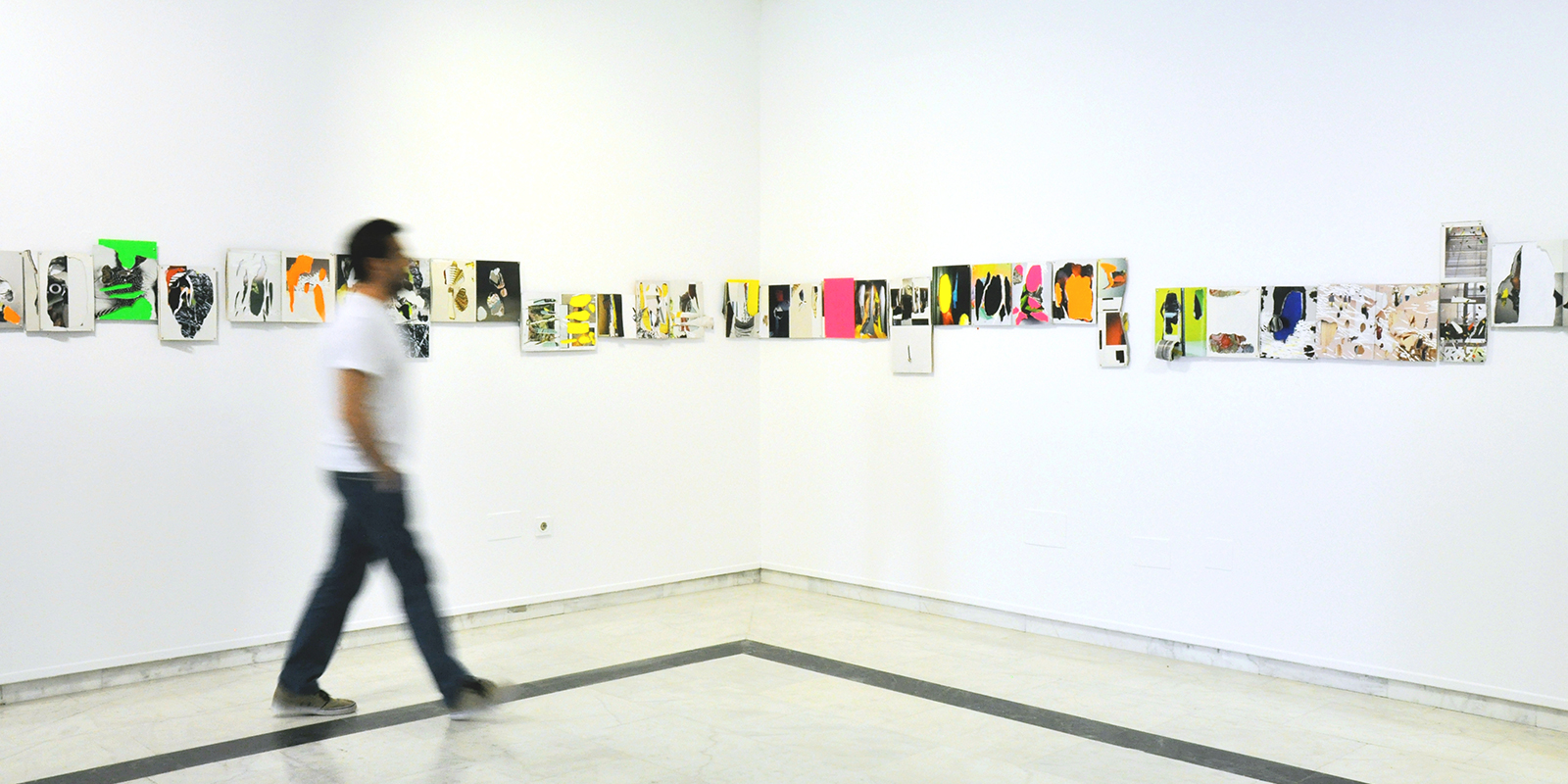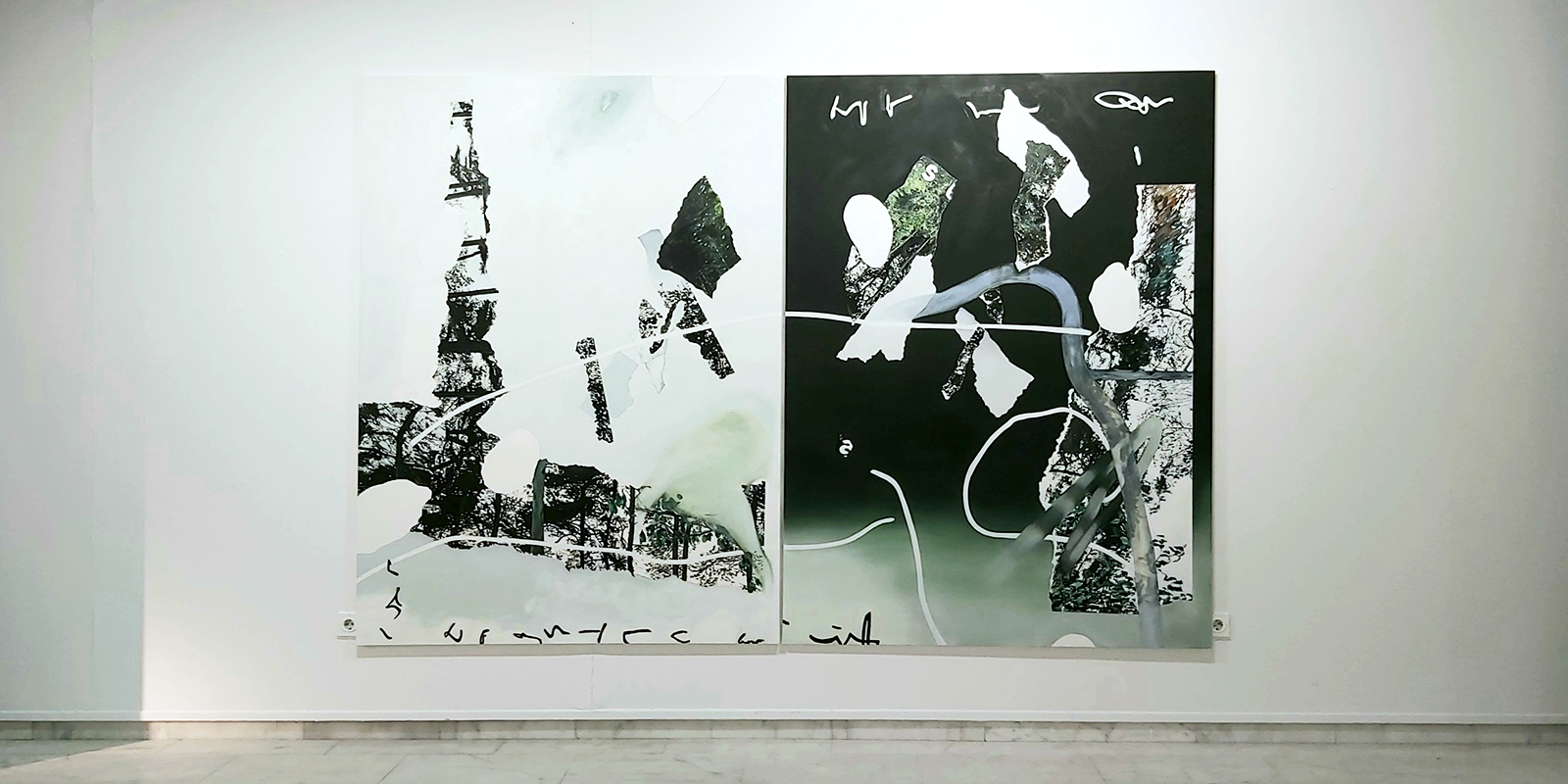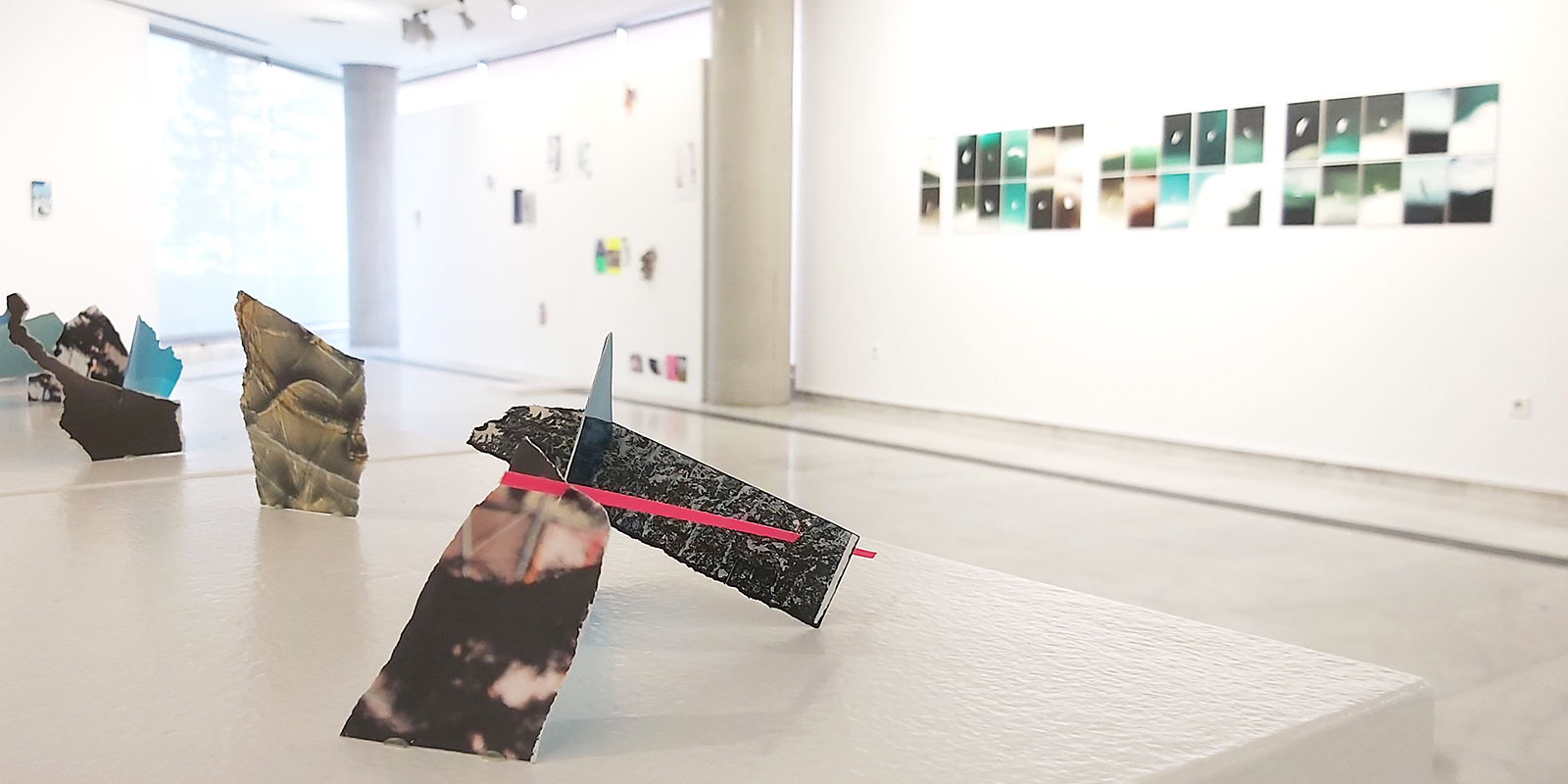REFORMULATION
OF THE FRAGMENT
Curatorship: Maria Lightowler
In his work he explores the interconnection between fragment and memory, more specifically the fragment as a memory resource, using the collage technique to create compositions that reflect the fragmented and discontinuous nature of human memory.
Through the use of diverse images and materials, the artist invites the viewer to reflect on how memory is constructed from fragments, experiences and sensations that come together to form a broader and more complex image of our identity. At the same time, the fragmentation of his compositions suggests the inevitability of loss and the oblivion of the narrative linearity of what happened in our lives, reminding us of the fragility of memory and the importance of valuing and preserving the fragments that we can still remember.
Quoting a paragraph by George Didi-Huberman in his book “Glimpses”, he says: “I adopted the habit of calling “glimpses” to fragments of things or events that appear. This does not last long. Fragments, splinters of the world, remnants that come and go. They begin to disappear, something like the wake of a question, a memory or a desire”.
In the work of Jesús Tejero del Campo, there are obstacles that can be inserted within this line of thought. However, he is an unabashed collector. He accumulates details, fragments, pieces of the world that do not make sense until the moment of arranging them in a conscious dialogue, at the moment of the work in the workshop to configure a unit with a holistic sense.
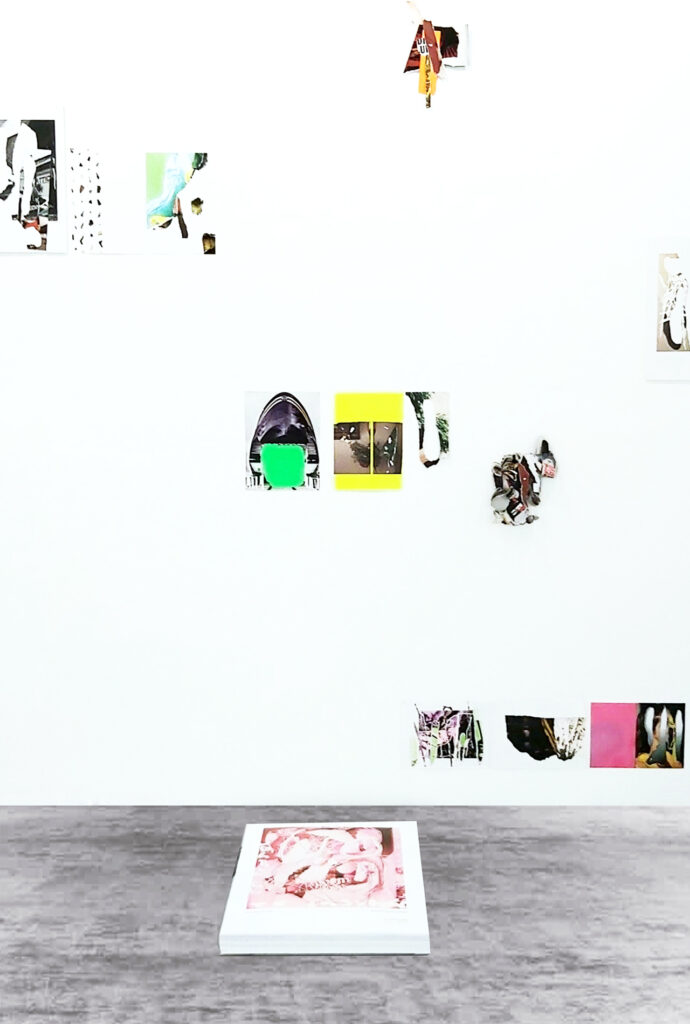
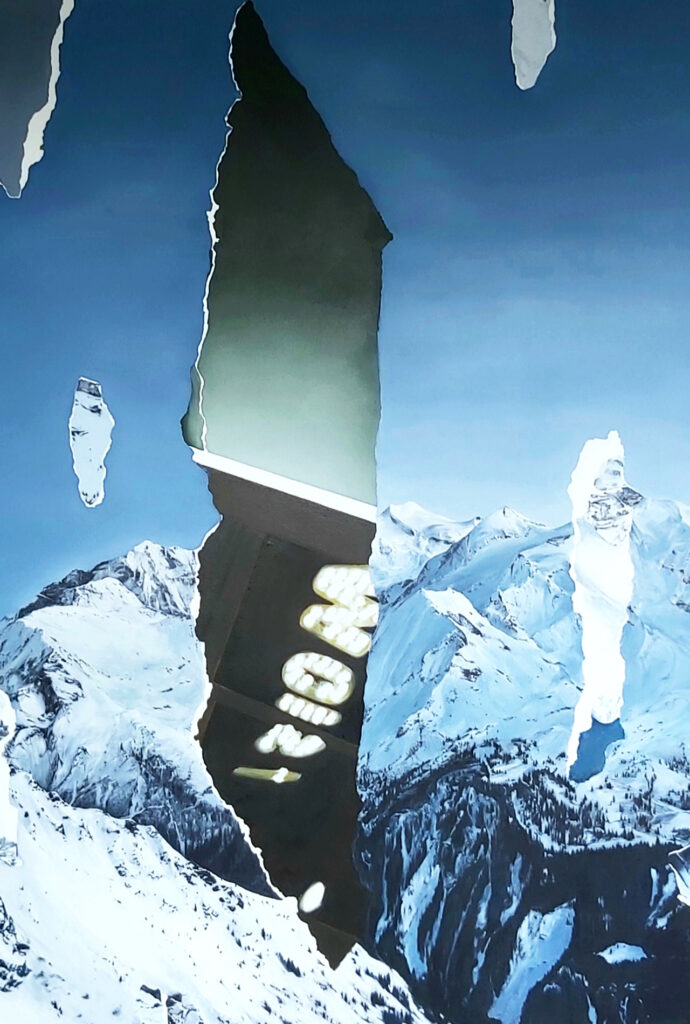
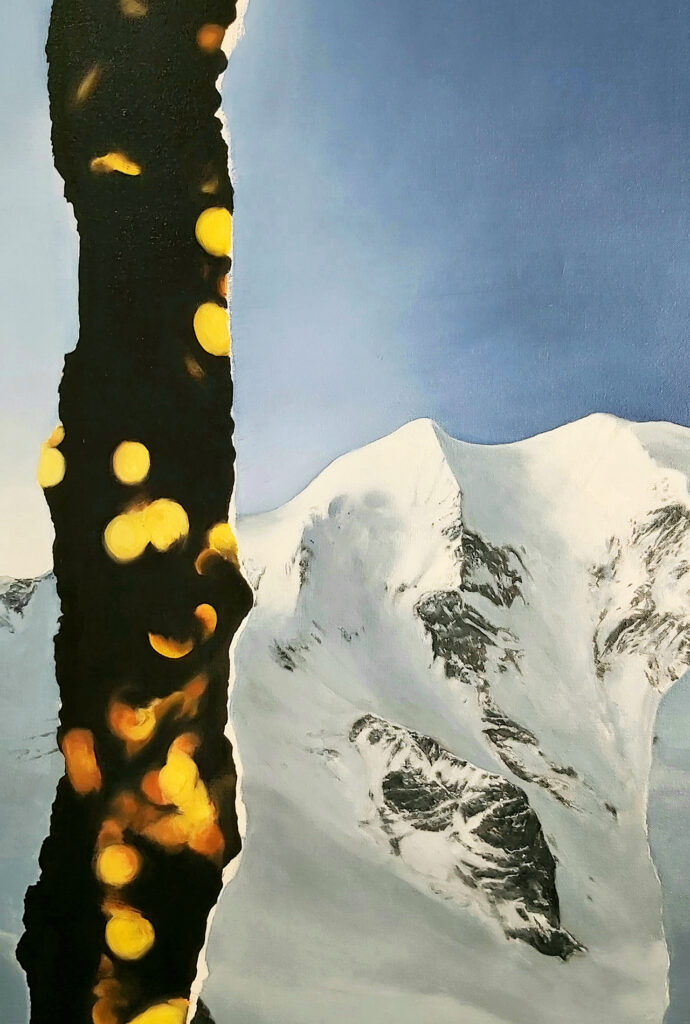
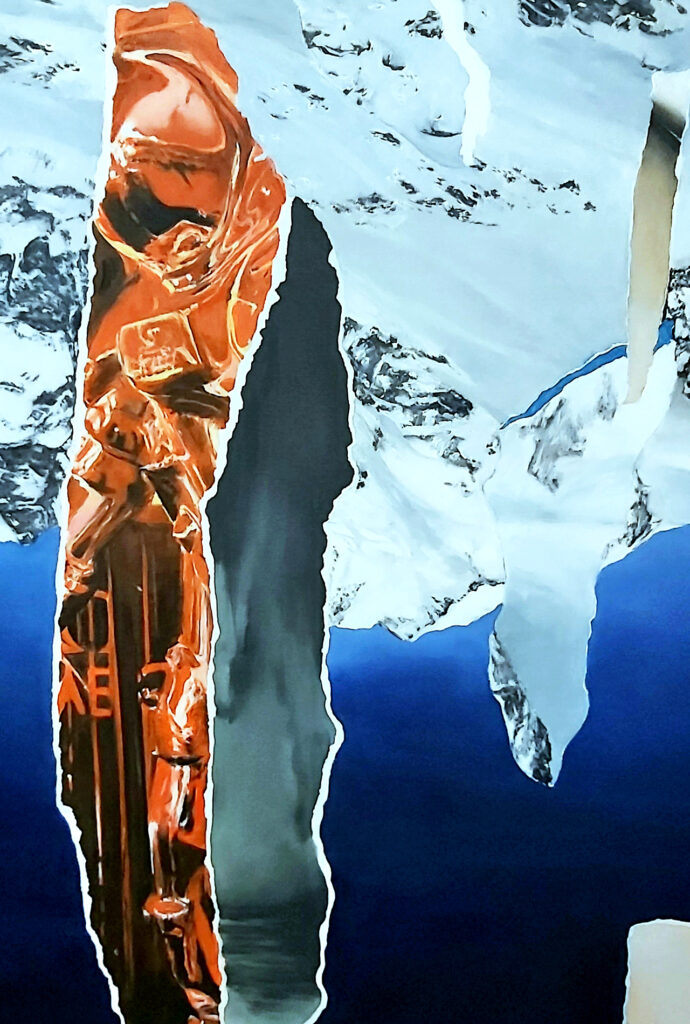
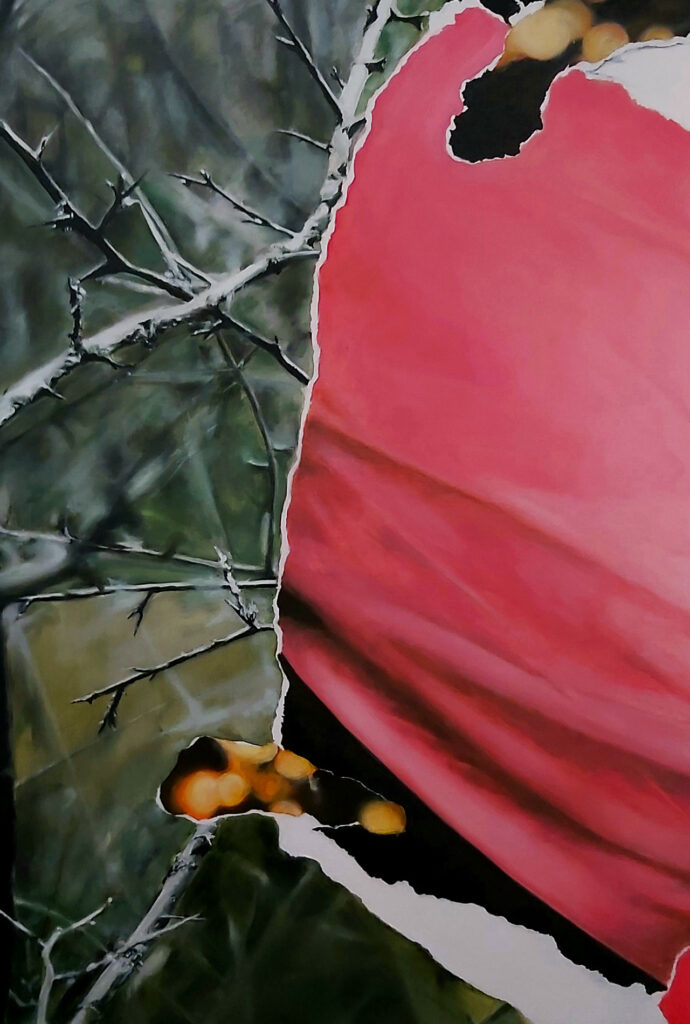
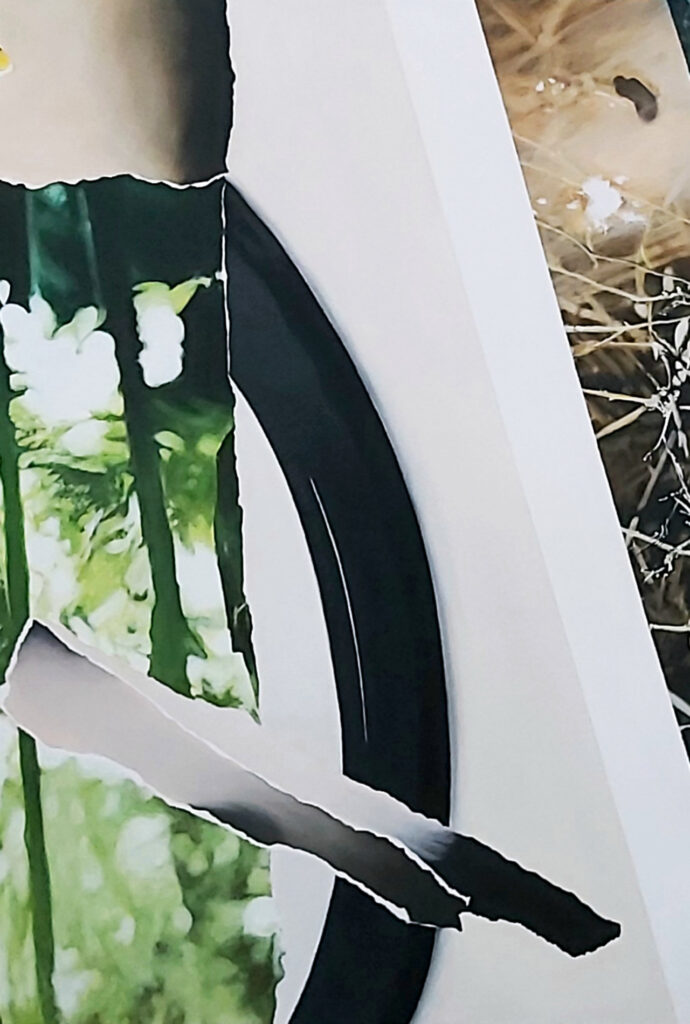
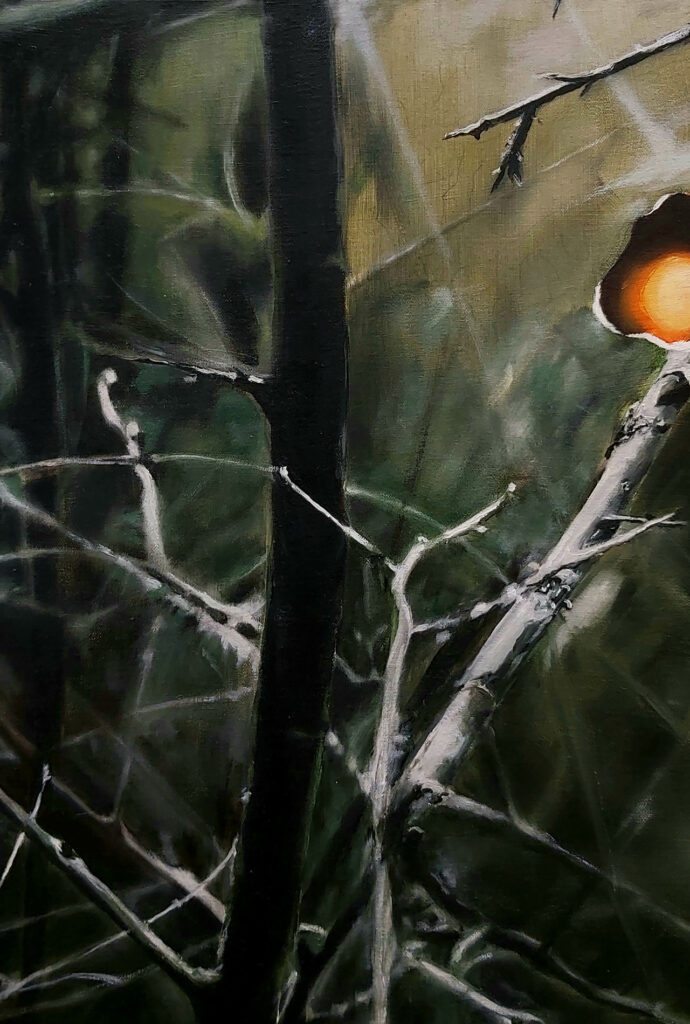
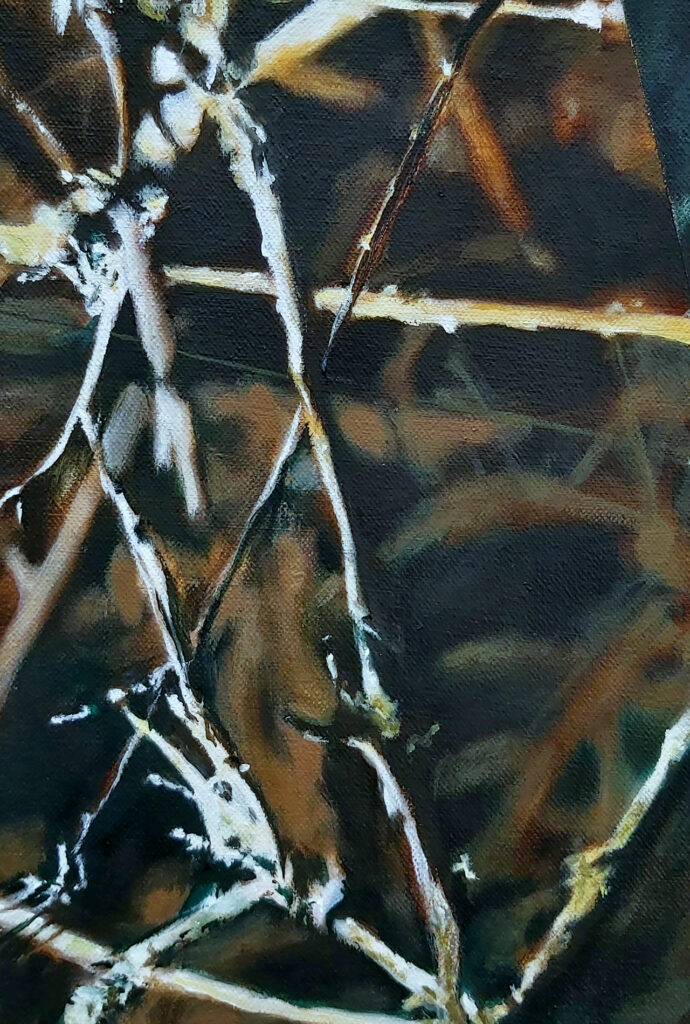
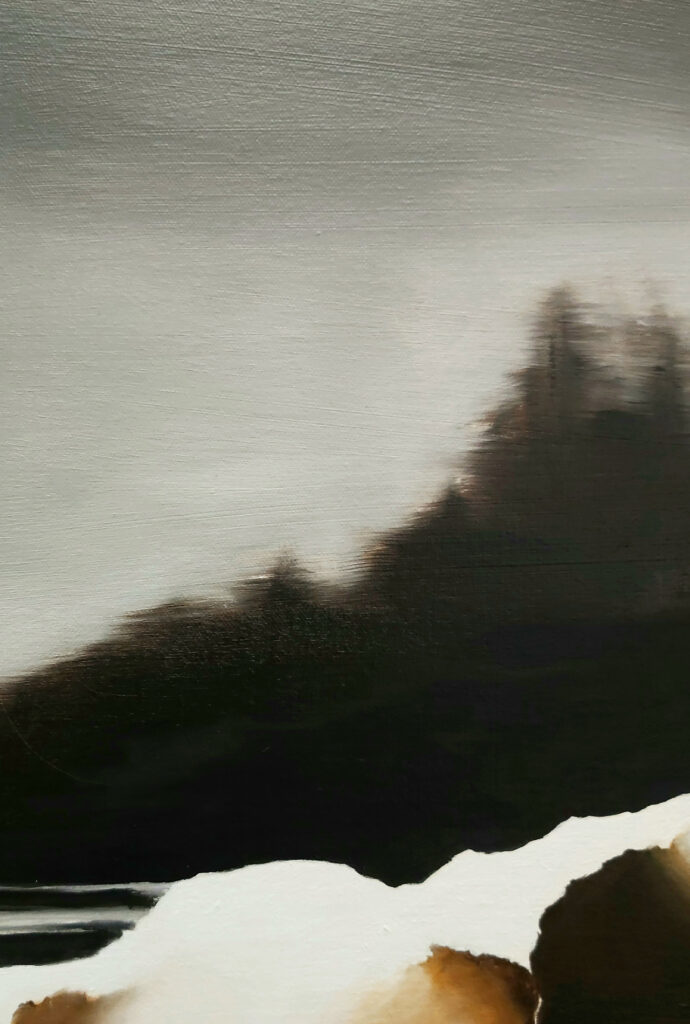
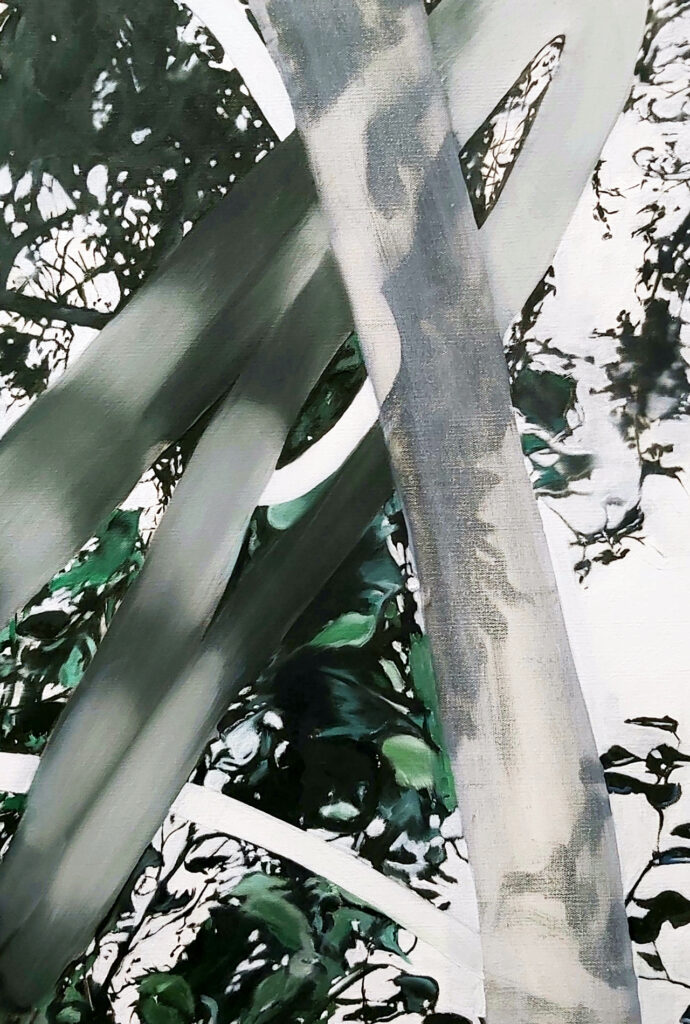
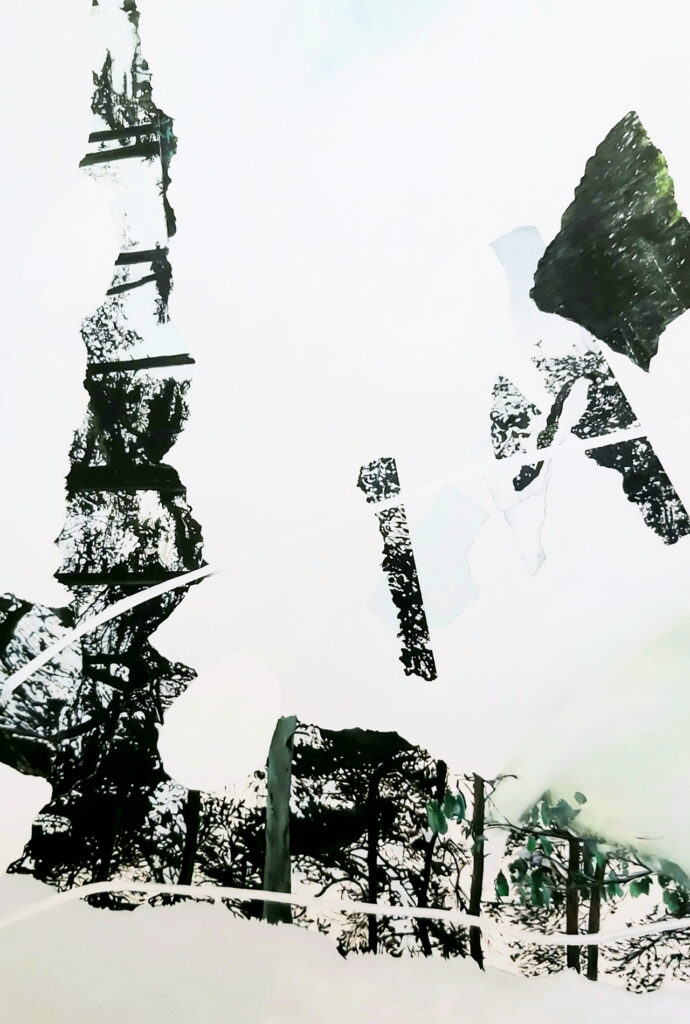
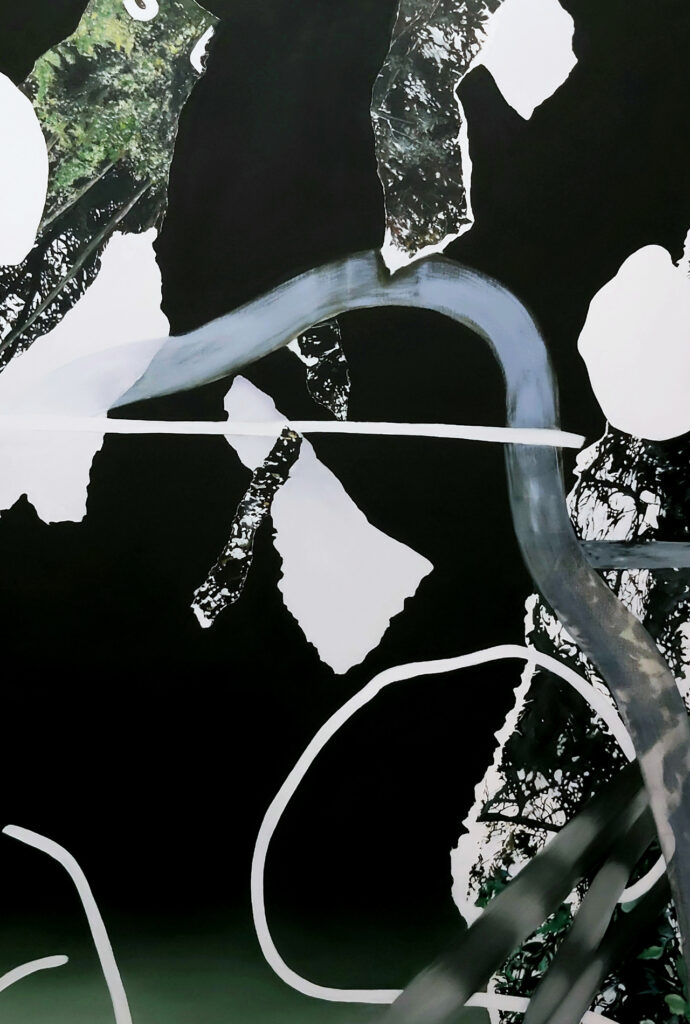
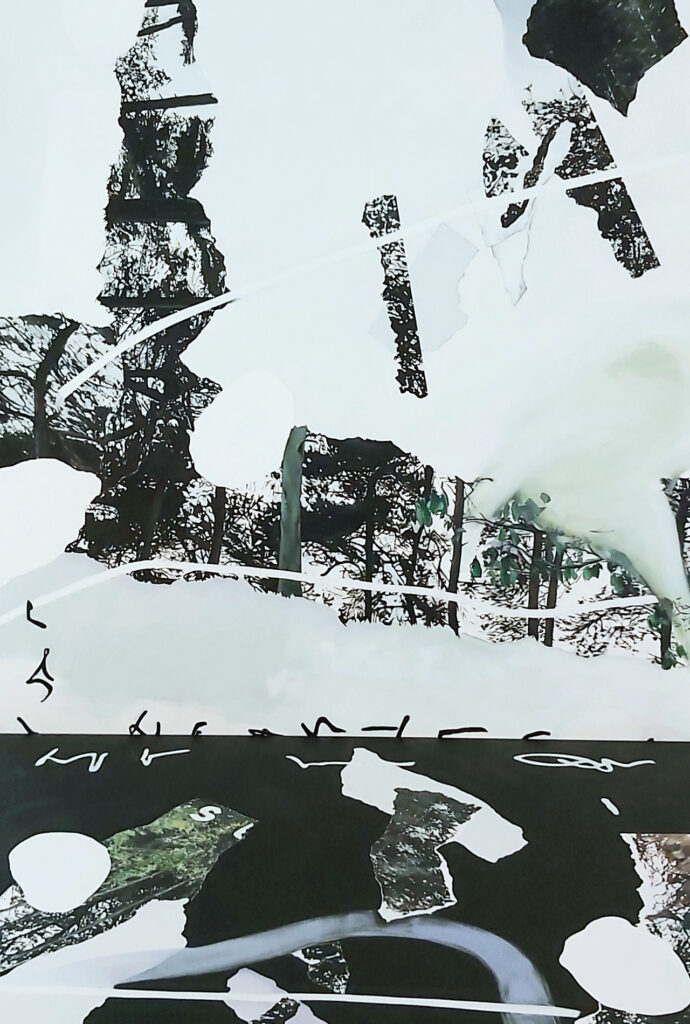
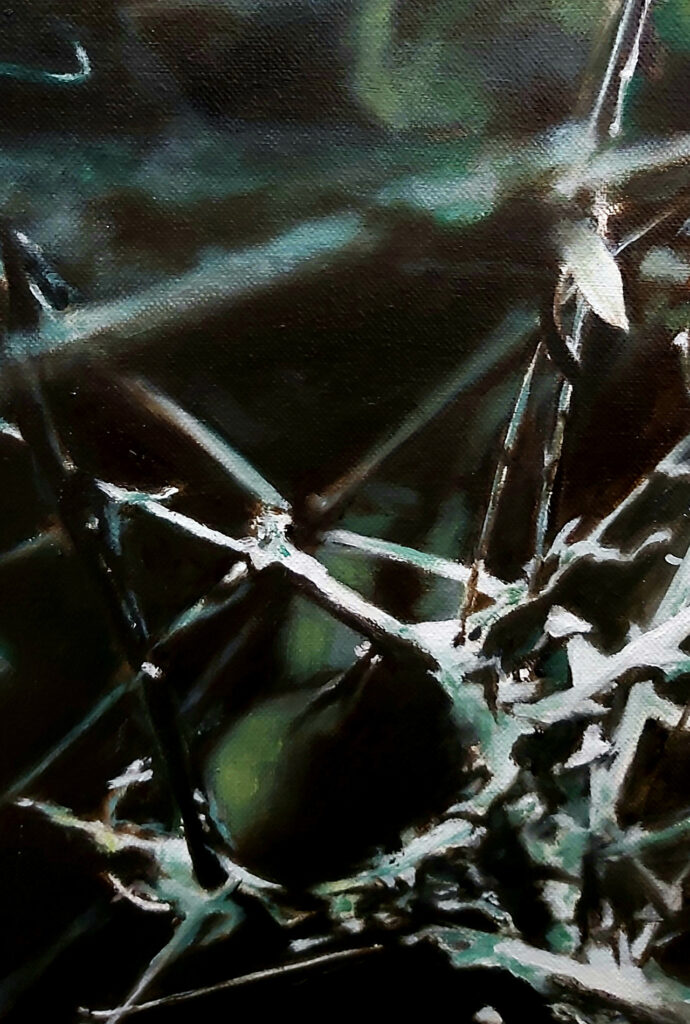
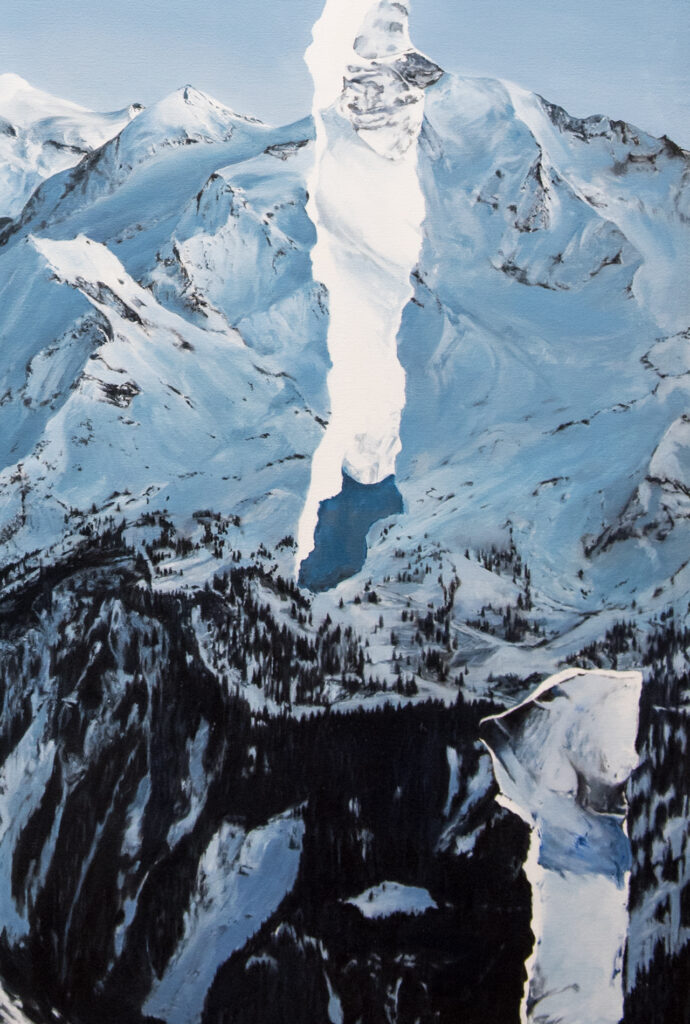
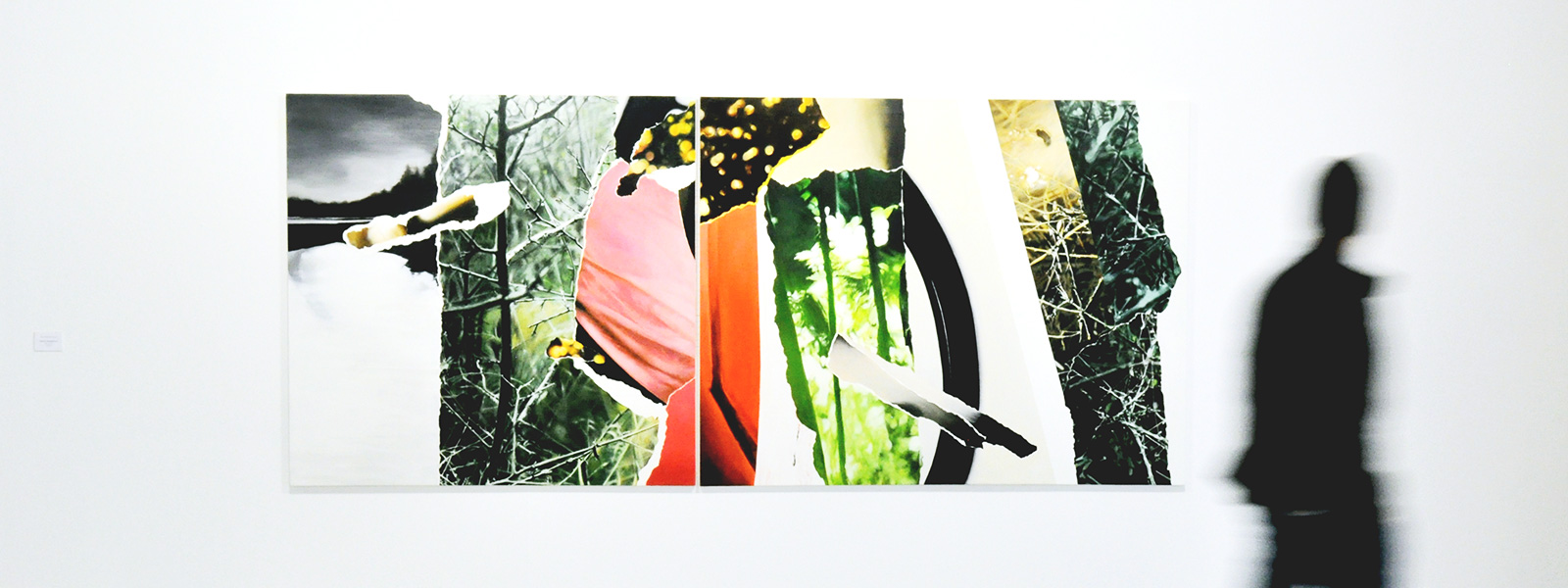
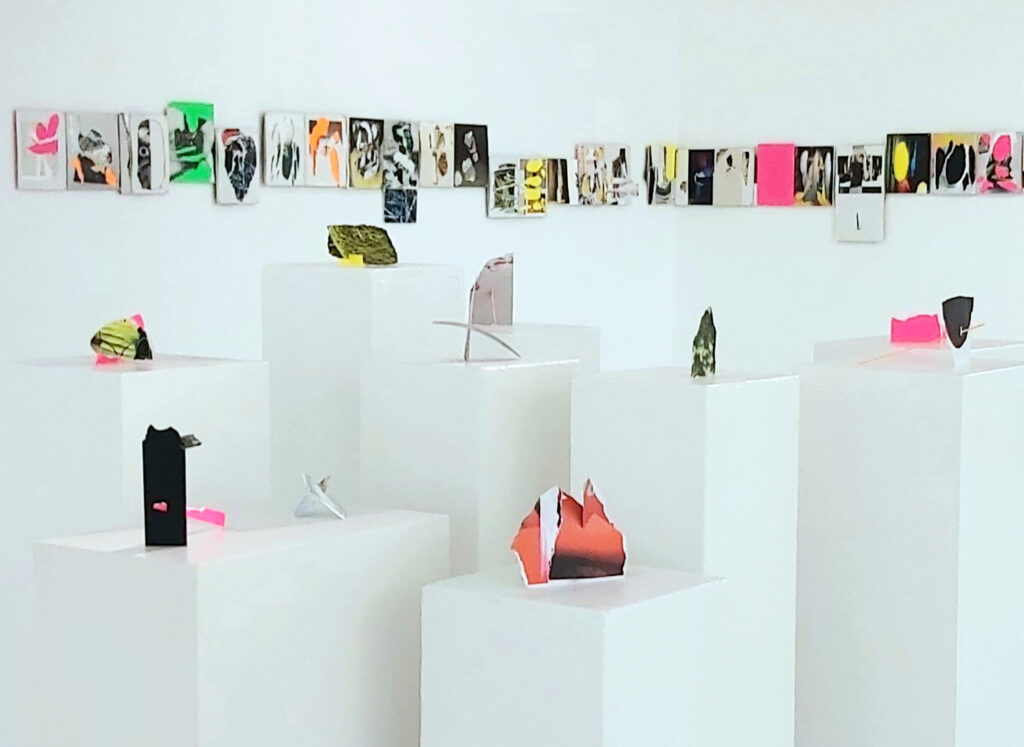
His works start from the tangible of paper. On neutral backgrounds, he tests, superimposes and composes with tears from magazines, commercial catalogs, even his own photos, constructing non-existent realities. This cutting becomes an obsession. He shreds and plays with possible relationships, experiments with shapes, colors and textures and finally brings together the fragments, sometimes real, sometimes fictional, generating a tension between the apparent illusory veracity of the tompe-/’oei/ of the oil painting and the material veracity of the fragments.
Appealing to memory, this accumulation of isolated clippings are recovered from the apocryphal memory, bringing out the invisibility of the secondary aspects of the image to which they originally belonged.
Landscape and nature are presented as a deceptive reality to be questioned by fragments that obstruct the vision and, at the same time, function as images of the unfathomable contained in every work of art.
–
